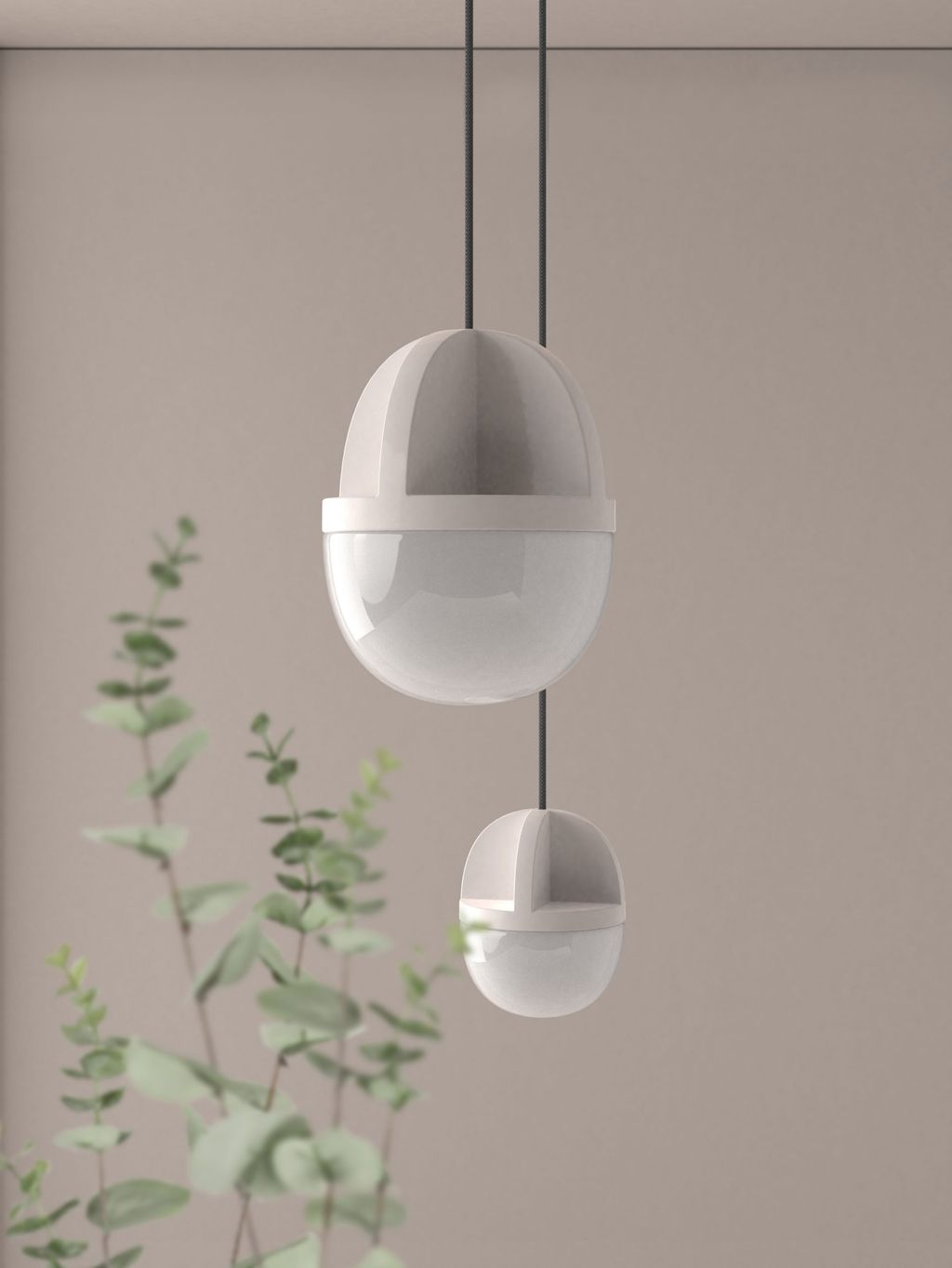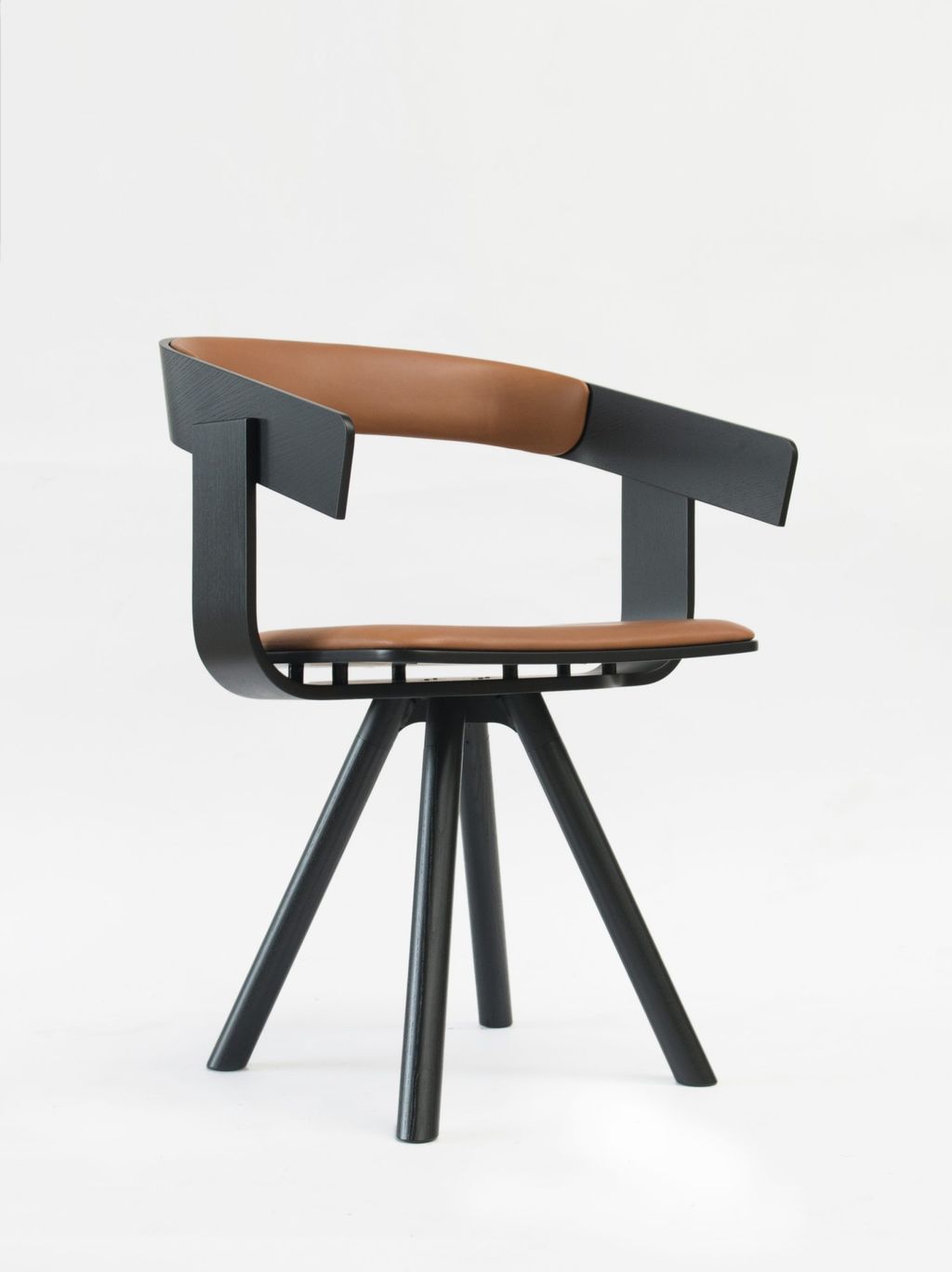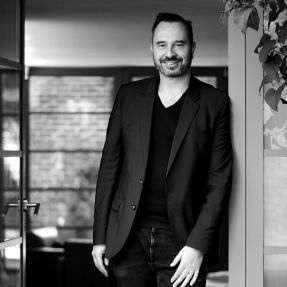
After graduating with a degree in political science and marketing management, Alain Gilles left the financial sector in the early 2000s to study industrial design. He was named Designer of the Year five years after launching his own studio. Today, this talented, funny and approachable creator collaborates with international editors, while occasionally opting for the road less travelled.

Since opening your studio in 2007, would you say that the design sector has undergone a major change?
We can definitely see a progression in the way we communicate and sell furniture, but, for me, my way of working has remained the same. Since opening my studio, my work has been guided by the reliable links that I have established with my editors. If I am very active on social media, it’s because people are the foundation of my process. For a project to work and stand the test of time, the designer and the editor must collaborate closely. When you are creating furniture, you can try to get it made by contacting general manufacturers or you can forge deep long-term bonds, as I have tried to do. For editors and I, it is all about interpretation. In order to best satisfy the needs of a manufacturer, I must understand them. This is even more important when we are considering the sustainability of the design. Indeed, it is important to remember that it is a collective responsibility: if the designer is considering “sustainability”, but the supplier of the wood or the manufacturer are not, it is impossible to make a significant change.
Even more so if we want to innovate, as you do.
It is only possible to present an unusual design if we know that it will be understood. The idea is not to be shocking for the sake of being shocking. Rather, it is to move the brand forward by presenting an unexpected concept. In some cases, it can take several years for a new idea “to catch on” and for it to be understood by vendors and architects.

One example of innovative design is your Big Table, which celebrated its tenth anniversary in 2019.
I designed that piece for the Italian editor Bonaldo. The coloured legs – which were a totally off-trend idea at the time – were inspired by my 3D research. I came up with my technique to avoid getting confused when I was working on the design. However, when I saw the colours on my sketches, I liked the idea and I wanted to present the table this way. It was a risk, of course. Considering the style that was in vogue when it was created, it could have been deemed unsellable. I went to car-boot sales. I was inspired by other influences. I was convinced that it would evolve over time.
Evolve while remaining the same: is that the motto? And is it your motto?
As a designer, you are never immune from a concept that has become tired. This is true for design, but also architecture. However, I firmly believe that a good design must have staying power. Therefore, with that table, I wanted to show that it could evolve while remaining the same. Again, we can mention our trusted relationship with Bonaldo. They have had the commercial nous to ask me to reinterpret several times over the past twelve years, in order to keep up with the times.

You sometimes like to enter unexpected fields. In that way, do you consider yourself to be a hybrid designer?
Obviously, as the manager of a studio, I have to stay centred and prioritise our expertise, rather than spreading myself too thin, but another part of me likes to challenge myself. When I am contacted to design a collection of trainers (as I was recently by the Italian brand Fratelli Rossetti), or to design public lighting for the city of Cannes, I find great joy in immersing myself in a new world that I know very little about.
Your exchanges are multidisciplinary, but also notably international.
I have always refused to be put into the “Belgian designer” box. On a personal level, I have spent a large amount of my life abroad and I think it would be reductive not to capitalise on that heritage, as well as the opportunities that I am offered overseas. In 2007, Belgian design was primarily monochromatic and used a single material. I did not see myself in that. The local sphere is interesting in some ways, but, in the Instagram age, I think we need to elevate the conversation. Today, social media is a window to the world. People can dream about a piece of furniture that was designed on the other side of the world. Would it not be interesting to think about the idea of licences – as they had in the 1950s – that make it possible to reproduce a piece that was created in Belgium or further afield?
